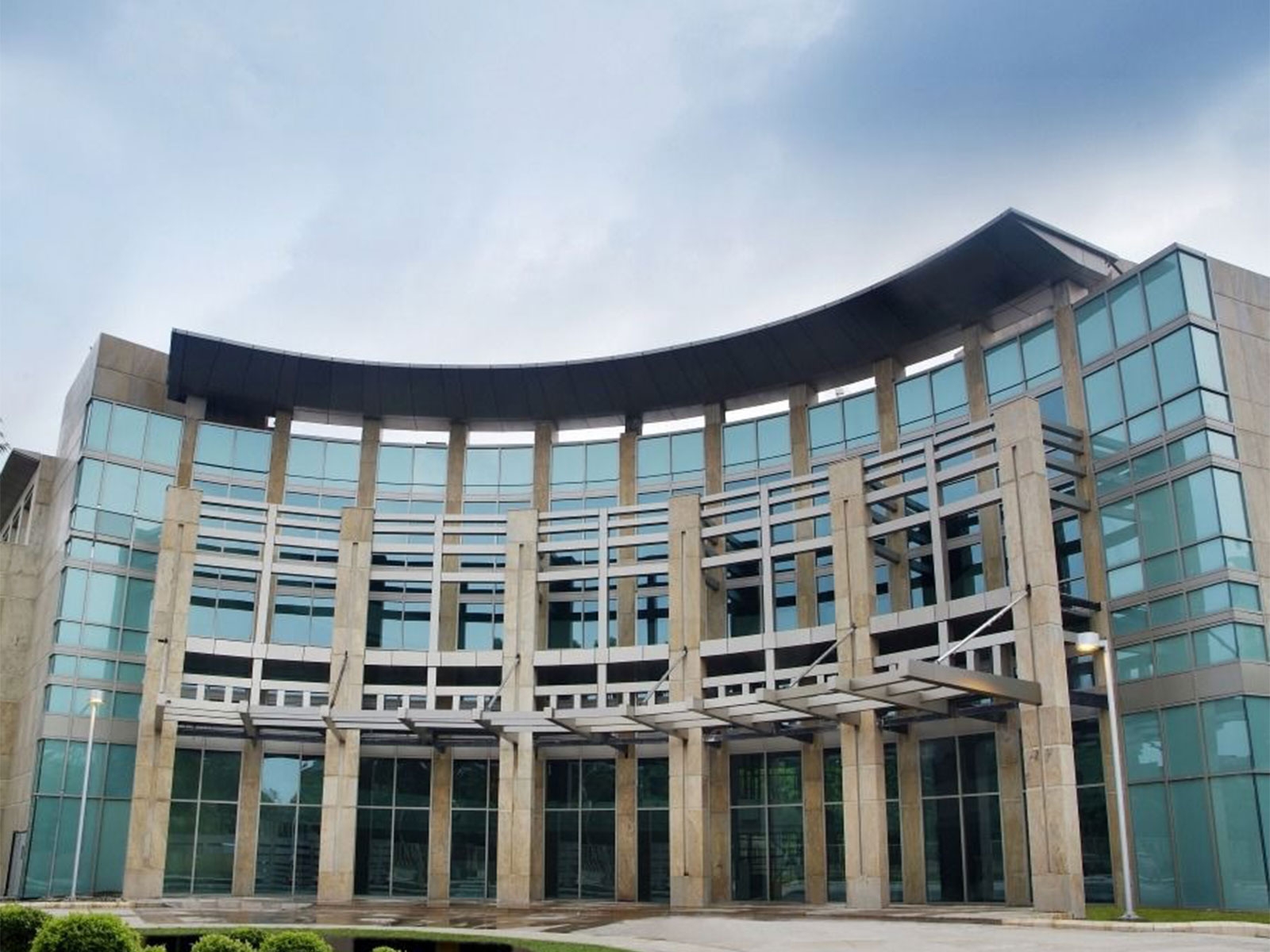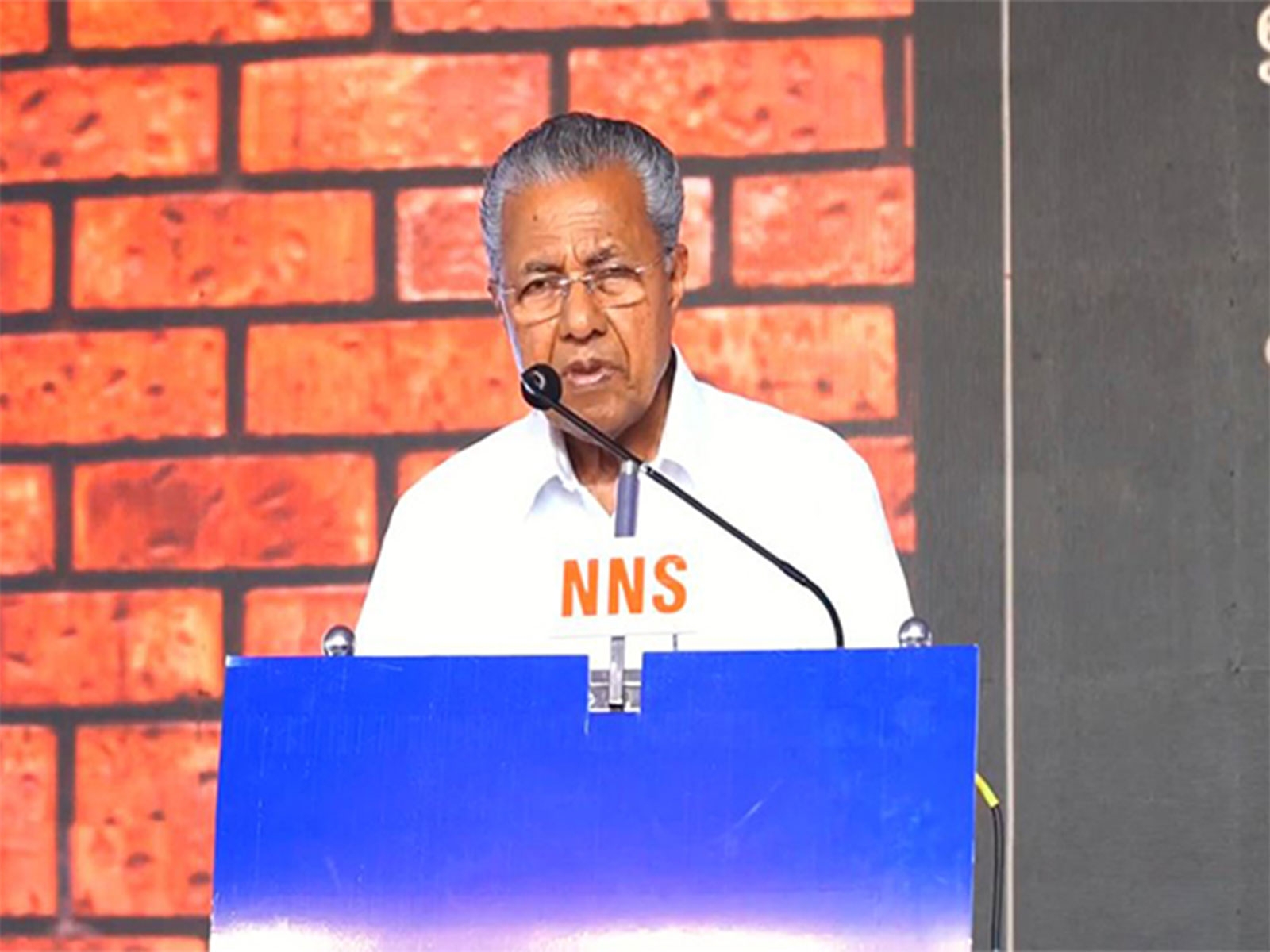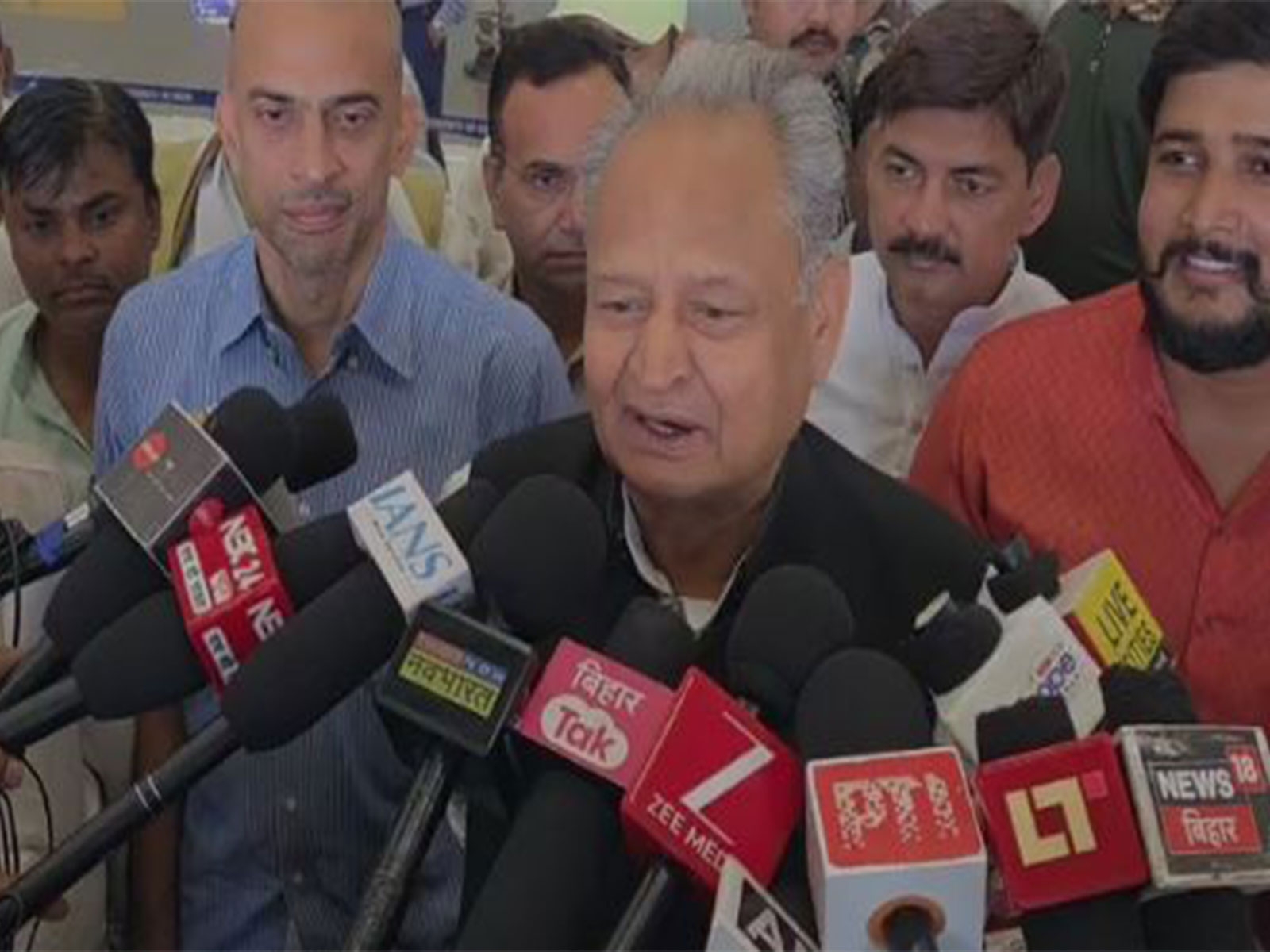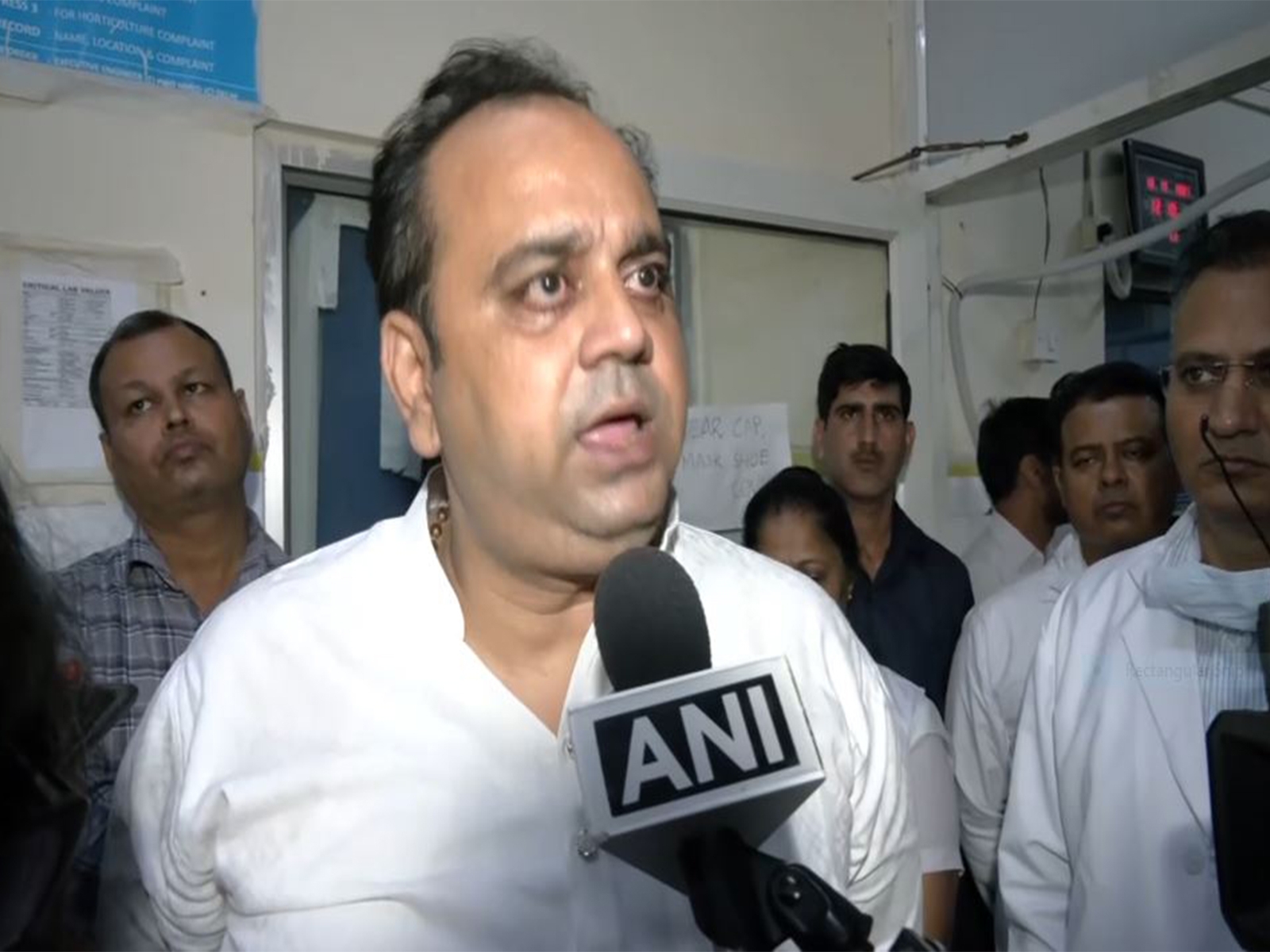Revealed: the poison in your food FSSAI has approved

In January this year, the FSSAI, Indian's food regulator, gave batch-approval to around 8,000 food additives - without conducting proper tests, according to sources in the agency.
It isn't hard to believe. Because had tests been done on these additives the FSSAI would have found that several of compounds, which a frighteningly large number of people are perhaps consuming now, are quite deadly.
Read- Exclusive: Indians at risk of bioterror as food regulator looks away
The approved additives include many that have been banned in most other countries because of a vast number of complications they have been found to cause - body rashes, rhinitis, nasal congestion, allergies, hyperactivity, kidney tumors, chromosomal damage, abdominal pain, nausea, indigestion, increased incidence of tumors, thyroid complications, even cancer.
It cannot be emphasised enough: this could be possibly one of the biggest food-related scandals in the country yet. More frightening, in fact, than the recent scandal about carcinogenic chemicals found in bread. According to a report published earlier this month, 84% of bread samples collected from Delhi were found to contain the harmful additives bromate and potassium iodate.
This, however, appears to be a mere oversight compared to what that FSSAI has just done by bulk approving thousands of additives without conducting thorough tests.
"It is quite unscientific to release an approved list of additives without their health impact assessment. In the light of recent revelations there should an official inquiry into the health impact of these additives," said Dr Gopal Krishna, Director, ToxicsWatch. "And pending the inquiry report, there should be a stay on this list to protect public health."
Toxic trail
On 23 December 2015, the FSSAI put out a list of food additives it was considering to approve on its website for public consultation.
Shockingly, in case of several of the additives listed, the FSSAI does not prescribe the upper usage limit. It only mentions "Good Manufacturing Practice" against those additives. GMP means that "the quantity of the additive added to food shall be limited to the lowest possible level necessary to accomplish its desired effect". As a GMP, the regulator also asks the food processor to reduce the extent of these additives used as much as "reasonably possible".
In other words, the regulator has delegated the responsibility of mixing potentially dangerous chemicals into our food stuff to the food processor, hoping they won't overdo it.
On 14 January, the FSSAI approved the list of additives. In an internal letter, a senior official directs that "the enforcement official in your state/UT be instructed to implement the said standards for food additives in various food categories".
The next day, Union Minister for Food Processing Harsimrat Kaur Badal told reporters that now that the approval process had been relaxed, food products containing the ingredients just approved by the FSSAI may not require any approval. This, she said, "will lead to more innovation and product launches and promote traditional food".
The minister added that with these new regulations in place, "the industry's concerns regarding product approvals will be addressed to a large extent. And I am optimistic that in the coming months, there will be an increase of 25 per cent FDI in the food processing sector".
What the minister didn't say was that many of the additives approved by the FSSAI are harmful. Here are 10 of these chemicals, and this is by no means an exhaustive list.
1. Acesulfame potassium
It's an artificial sweetener, 100 times sweeter than natural sugar. It contains the carcinogen methylene chloride, long-term exposure to which can cause headaches, depression, nausea, mental confusion, liver and kidney diseases, visual disturbances, and cancer.
2. Aspartame
Another common artificial sweetener, said to be 200 times sweeter than sugar. Tests have shown Aspartame to cause tumours in rats. It's generally proscribed for consumption by children. Claims have made about its links with Alzheimer's, birth defects, diabetes, Gulf War syndrome, attention deficit disorders, Parkinson's, lupus, multiple sclerosis and seizures.
3. Neotame
A sweetener like aspertame and acesulfame potassium, only more toxic than either as studies have revealed. Long-term exposure can cause cancer.
Also read- Cheap & toxic khesari dal: is this govt's solution to India's pulse problem?
4. Monosodium glutamate
The excess presence of this chemical in Maggie noodles had caused a furore some months ago, and FSSAI's own officers had described it as harmful. Yet it has been included in the latest list of additives.
Research has linked MSG to burning sensation of the mouth, head and neck; weakness of the arms or legs, body rashes, headaches, upset stomach. While American and European regulators have not banned this chemical, they have, as a precaution, limited its use to less than 10 times what is permitted in India.
5. Sulfites
Sulfites are a group of chemical agents added as preservatives to ready-made meals like pizza as well as to beer and wine to prevent bacterial growth. The term 'sulfites' includes sulfur dioxide and the salts formed from sulfurous acid such as sodium sulfite or potassium metabisulfite.
Studies have shown sulfites to cause minor irritations. Asthmatics have been found to be under particular threat to the effect of sulfites; they can get severe reactions from it.
6. Food dyes
Brilliant Blue is known to cause chromosomal damage. It is banned in France and Finland.
Alura Red has been found to cause chromosomal damage, lymphomas (group of blood cell tumors that develop from lymphatic cells) and hyper-activity.
Fast Green is known to cause bladder tumours. It's banned in several European countries.
Sunset Yellow is linked to chromosomal damage, hyper-activity, asthma, eczema, allergies, thyroid tumours. It's banned in Norway and Sweden.
7. Azodicarbonamide
This is generally used by break makers as a dough conditioner. A WHO report on this chemical had this to say: "Repeated oral exposures resulted in the appearance of pyelonephritis with casts and crystalline deposits in renal tubuli in several species. However, the dose levels required to induce these effects were high (>200 mg/kg body weight per day in studies of up to 1 year's duration)."
Read more: Food Processing Minister slams FSSAI for Maggi furore
Studies have shown the chemical to irritate the gluten which is linked to a number of gastrointestinal, immunological and neurological diseases. It can cause skin irritation, respiratory issues, hormonal imbalance, and disrupt the immune system. It's banned in several European countries.
8. BHA and BHT
Butylated hydroxyanisole and butylated hydroxytoluene are oxidants which form cancer-causing reactive compounds in the body.
These chemicals are used as preservatives in cereals, chewing gum, potato chips, vegetable oils, frozen sausages, enriched rice, lard, shortening, candy, jello. They are used to keep food from changing colour and flavour, or from turning rancid. Studies have shown these to effect the neurological system and have linked it to cancer as well.
9. Tertiary butylhydroquinone
It's an aromatic organic compound. Studies on lab animals have shown it to produce precursors to stomach tumors, and cause damage to DNA.
10. Ascorbic acid, sodium benzoate, potassium benzoate
These chemicals are potentially dangerous individually - known to cause nausea, vomiting, heartburn, stomach cramps, headaches - but in combination, they may form benzene, a known carcinogen.
A few other compounds that we identified from FSSAI's list of approved additives as potentially dangerous are benzoyl peroxide, stannous chloride and beta-cyclodextrin.
Catch reached out to FSSAI's chairperson for comment, only to be told to contact the CEO. The CEO's office asked for a detailed set of questions, which we have sent. We will add their response here as and when it comes.
Edited by Mehraj D. Lone
More in Catch:
The gaypocalypse: Gay sex causes tsunamis, earthquakes and hurricanes!
A 40-day operation gone right: army & NIA thwart Naga rebels' plans
Sonia's Shahenshah to Nitish's Jumla Babu: the many names of Narendra Modi
NGT's order on Art of Living is too little, too late
First published: 1 June 2016, 7:29 IST





![BJP's Kapil Mishra recreates Shankar Mahadevan’s ‘Breathless’ song to highlight Delhi pollution [WATCH] BJP's Kapil Mishra recreates Shankar Mahadevan’s ‘Breathless’ song to highlight Delhi pollution [WATCH]](https://images.catchnews.com/upload/2022/11/03/kapil-mishra_240884_300x172.png)

![Anupam Kher shares pictures of his toned body on 67th birthday [MUST SEE] Anupam Kher shares pictures of his toned body on 67th birthday [MUST SEE]](https://images.catchnews.com/upload/2022/03/07/Anupam_kher_231145_300x172.jpg)






